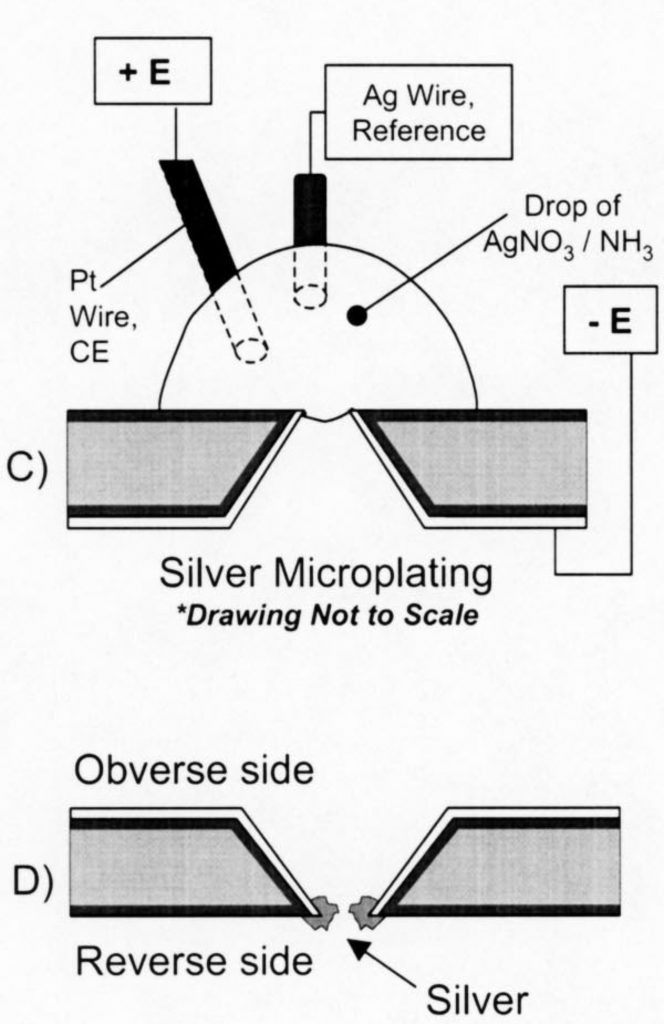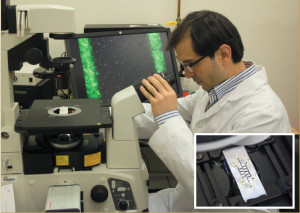
Figure 2 CD from B.J. Polk et al. JES 151(2004) C559, first mention of microfluidics in the Journal.
Topic Close-up #10
Symposium L08 – Microfluidic Electrochemistry
Extended deadline for submitting abstracts:
December 16, 2022
Submit today!
Symposium focus: Microfluidics as a means to develop an inkjet printhead emerged in the 1980s. Soon the electrical and eventually electrochemical component of the controlled transport, where surface forces dominate volumetric forces, became apparent. The first article related to microfluidics channel restriction in the Journal of The Electrochemical Society was published in 2004 (Polk et al. 151 [2004] C559). Since then, microfluidics has been a regular topic of ECS meeting presentations.


